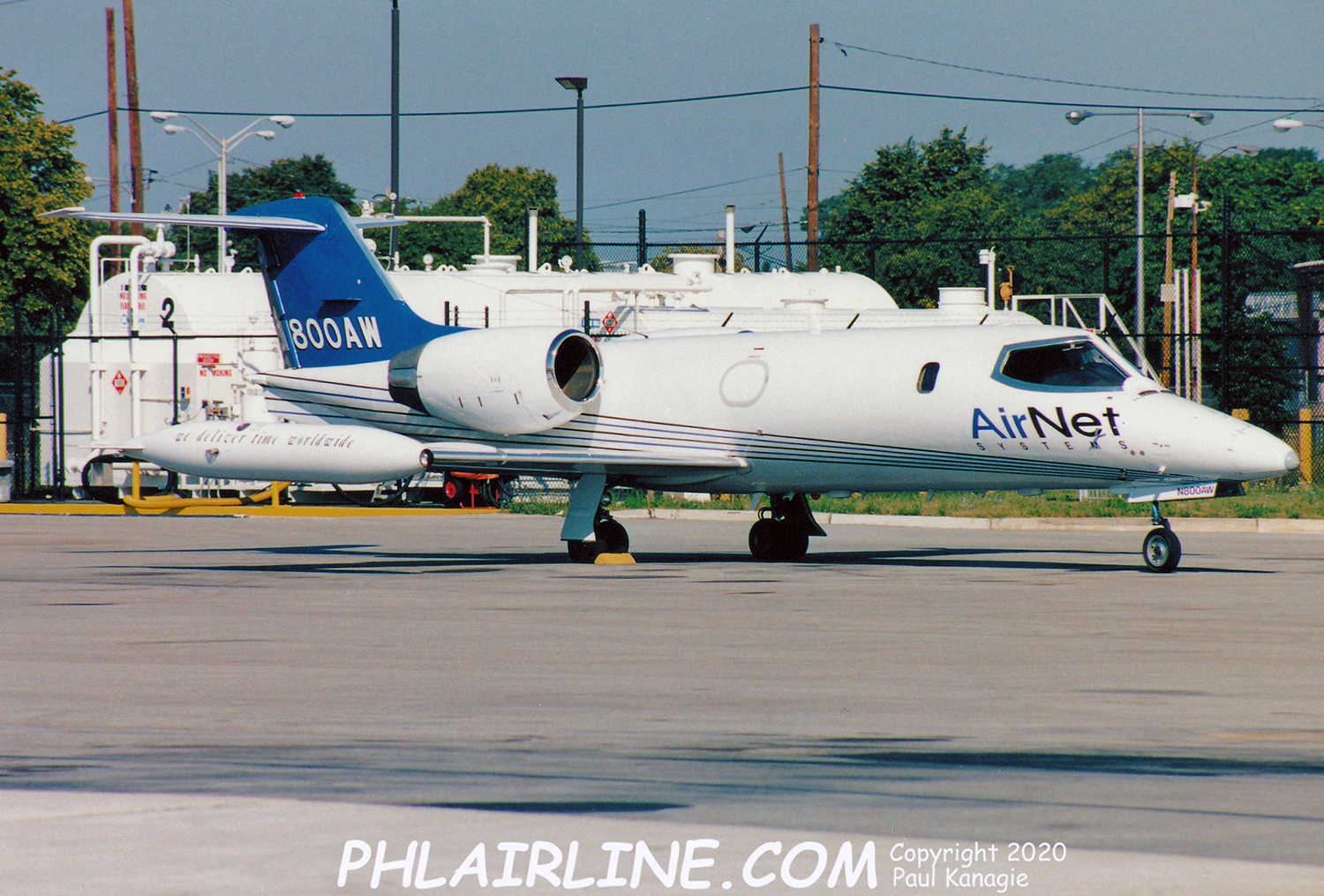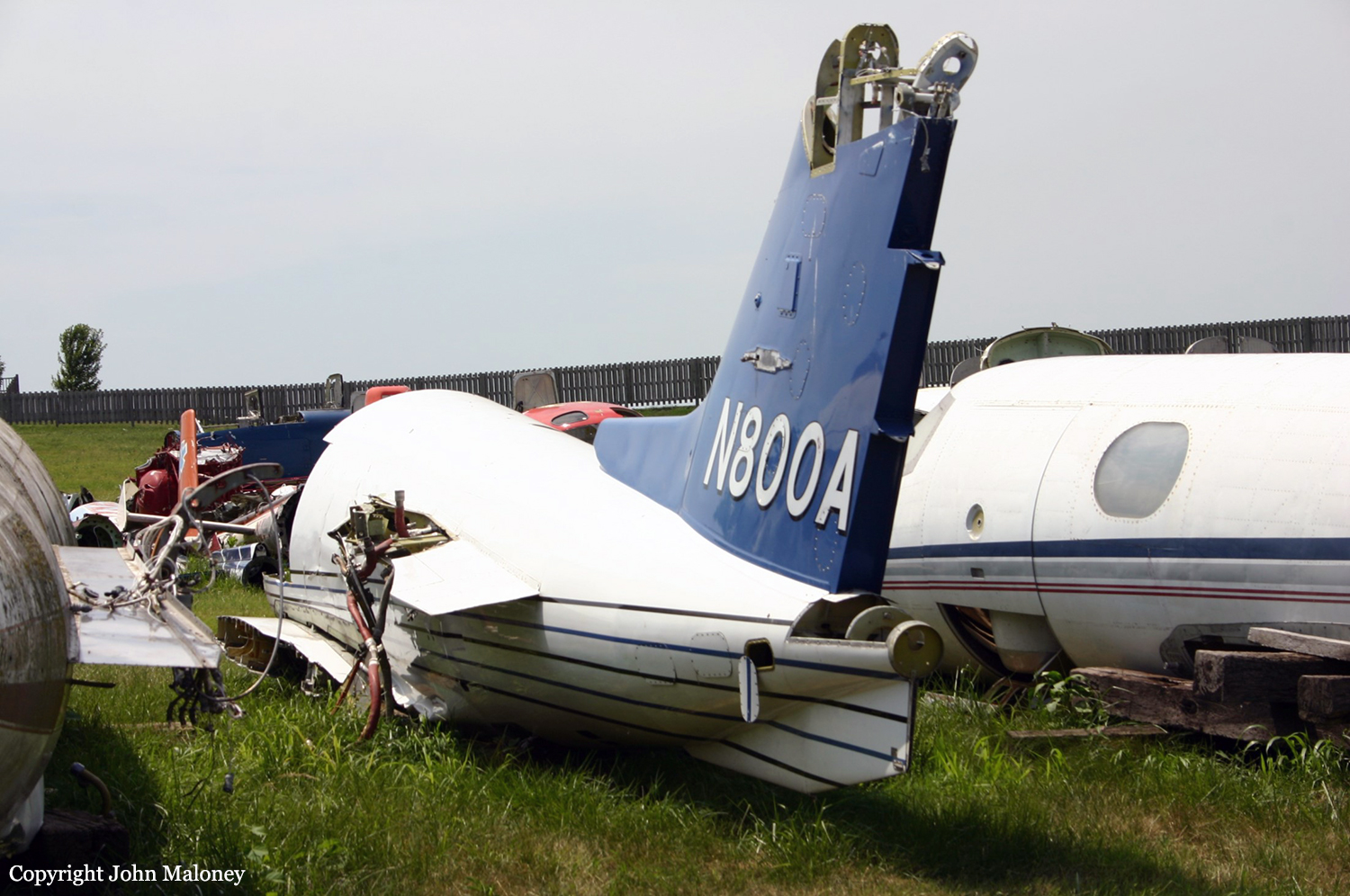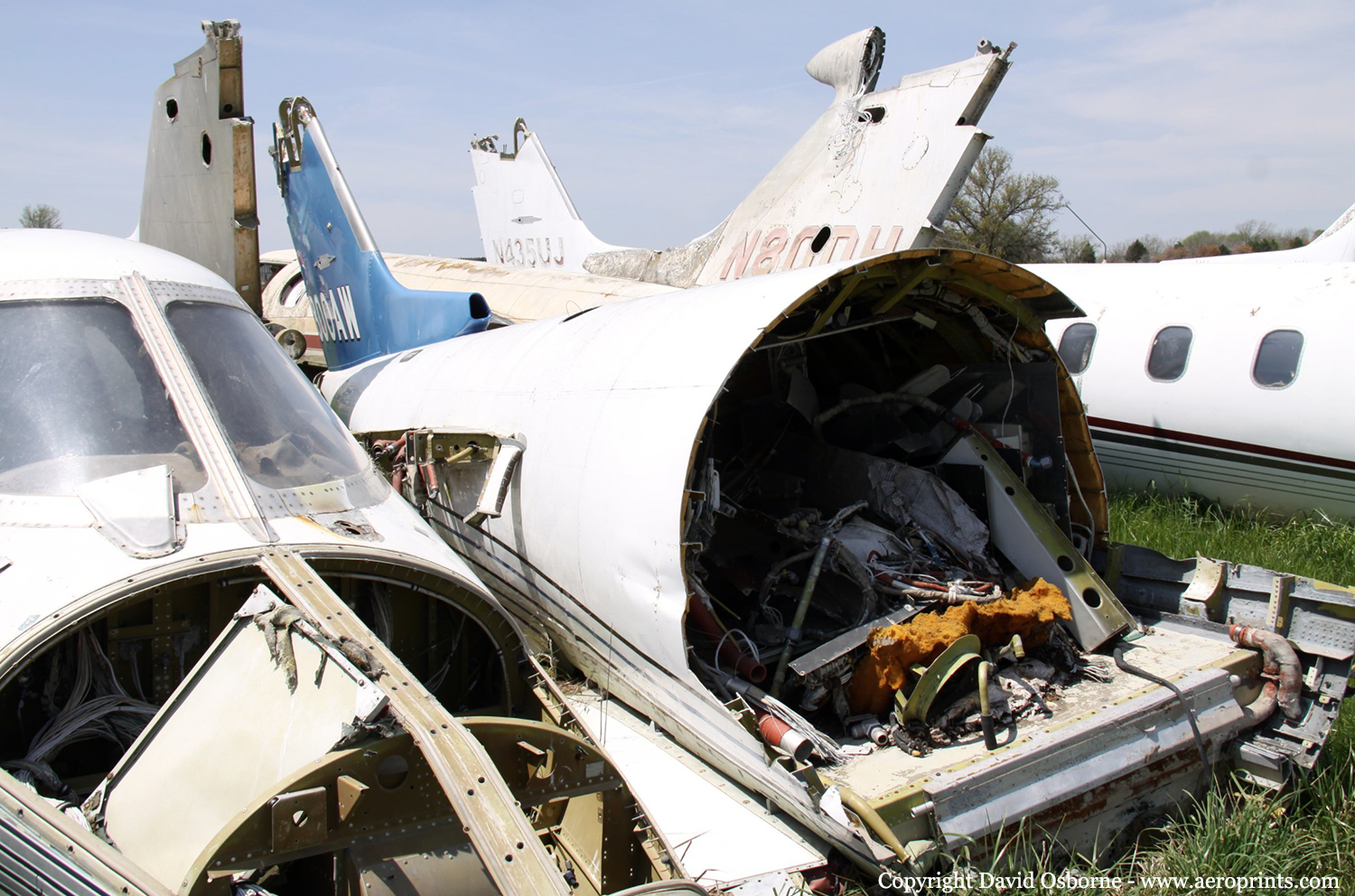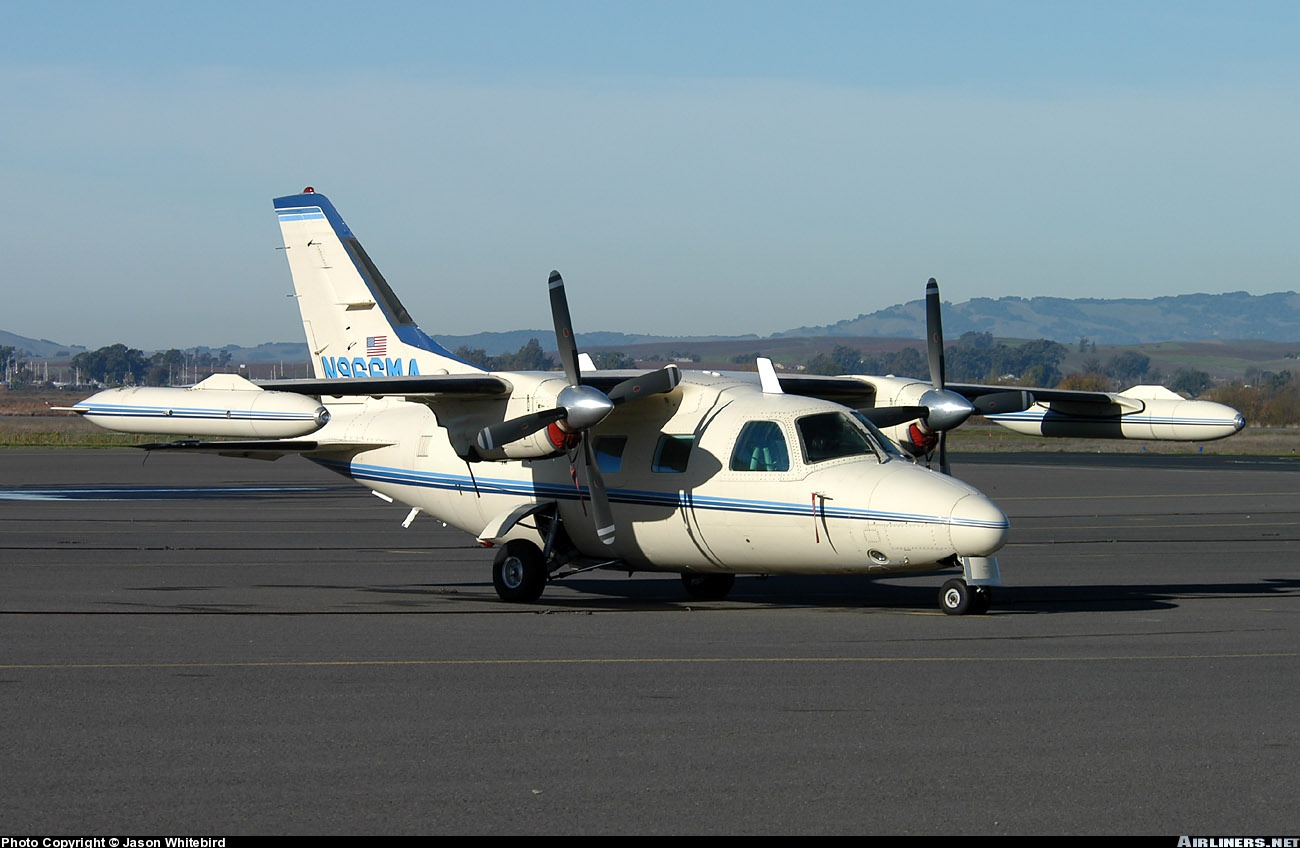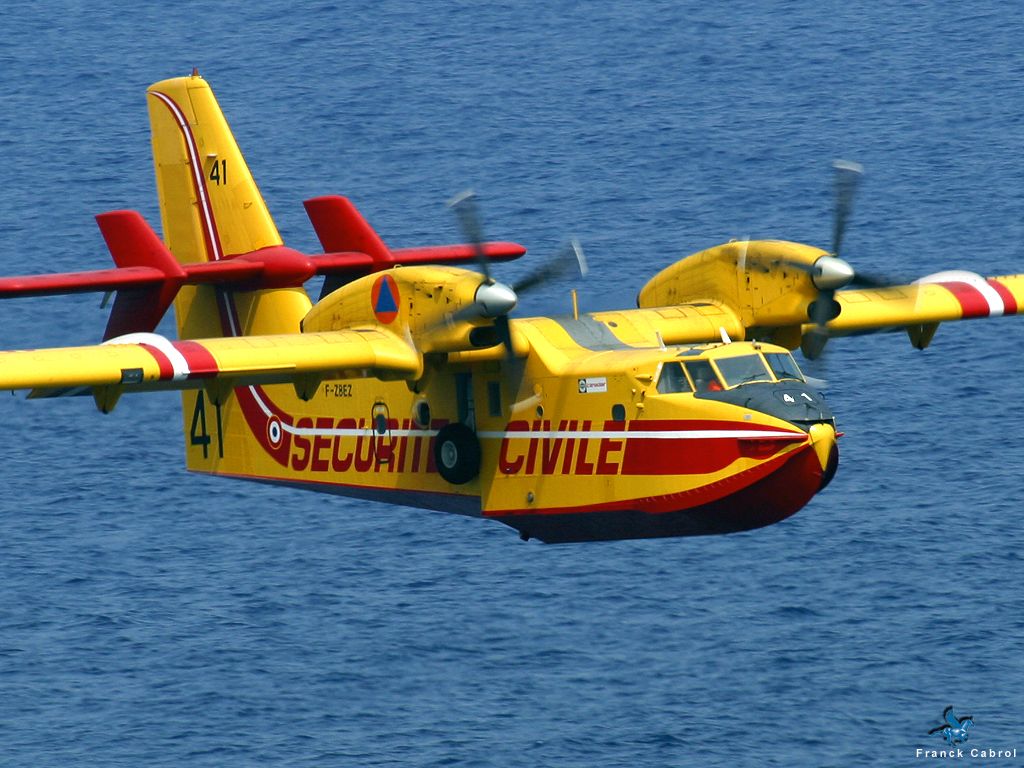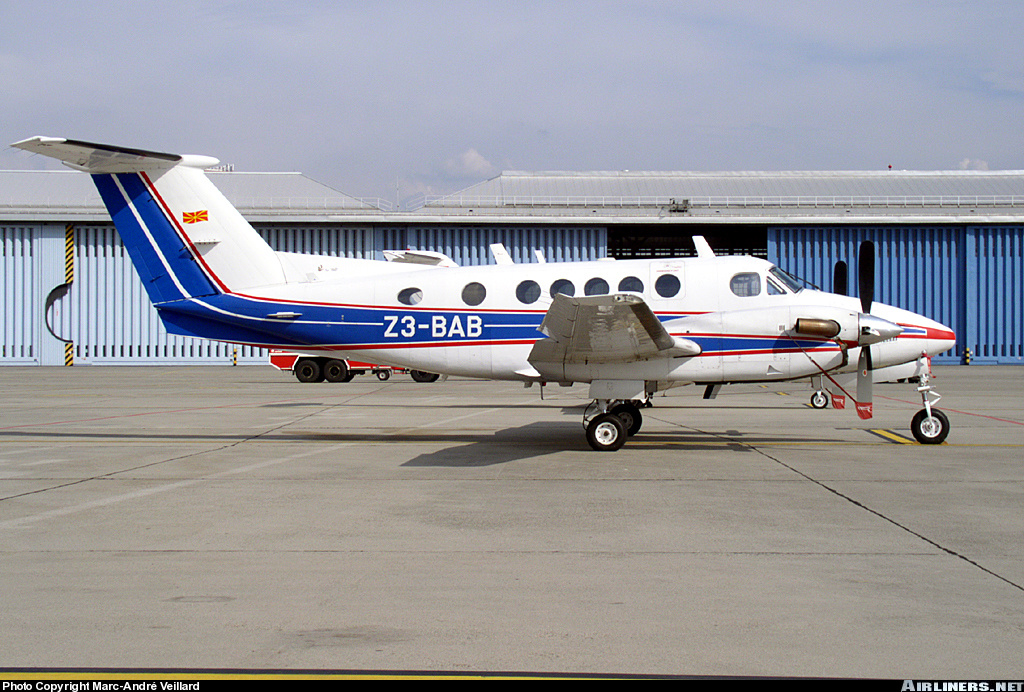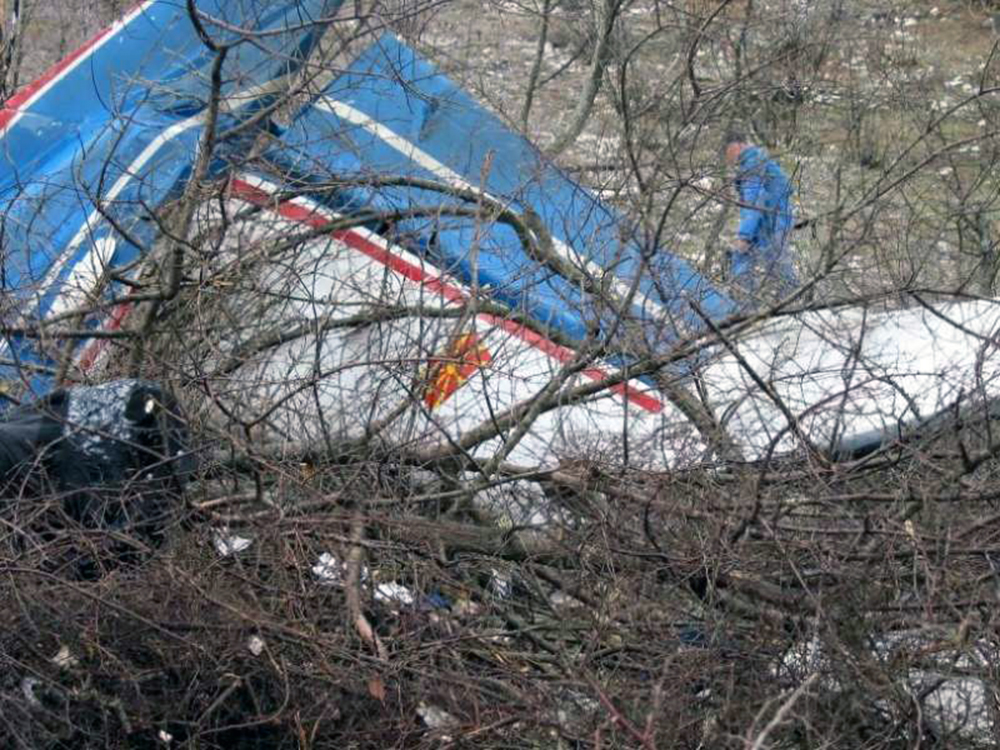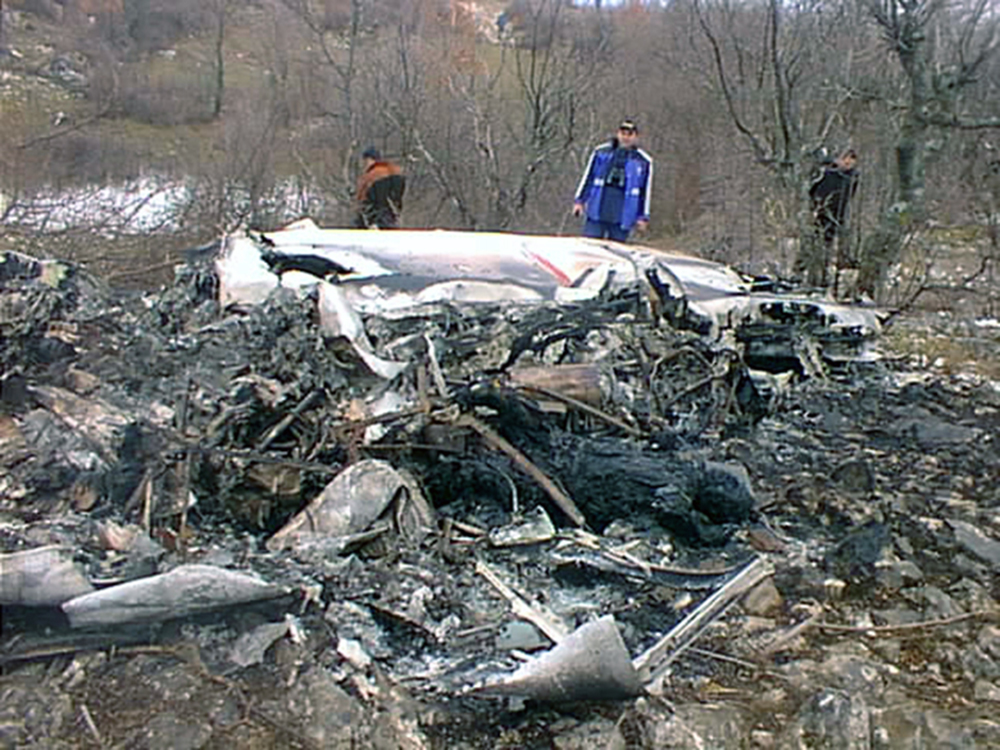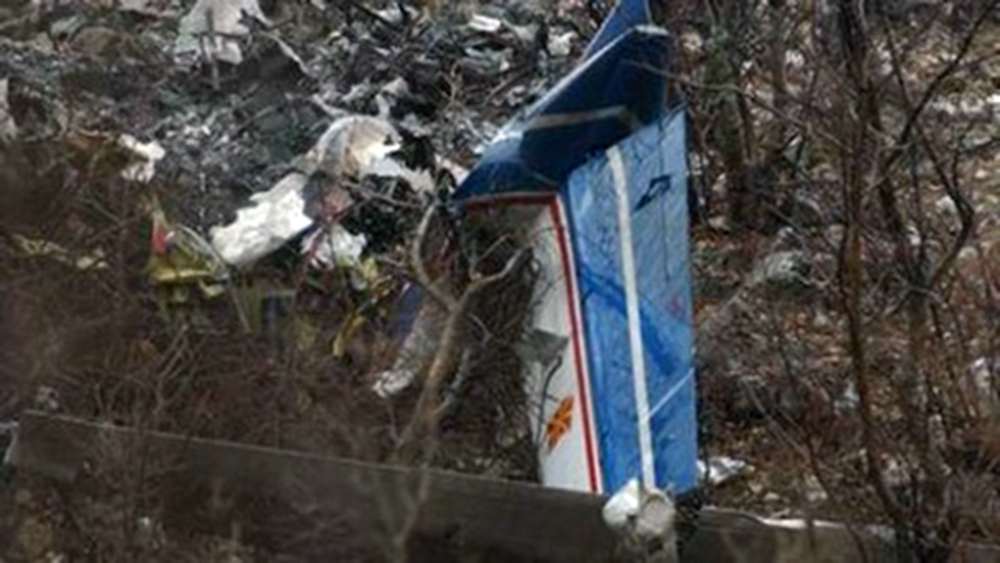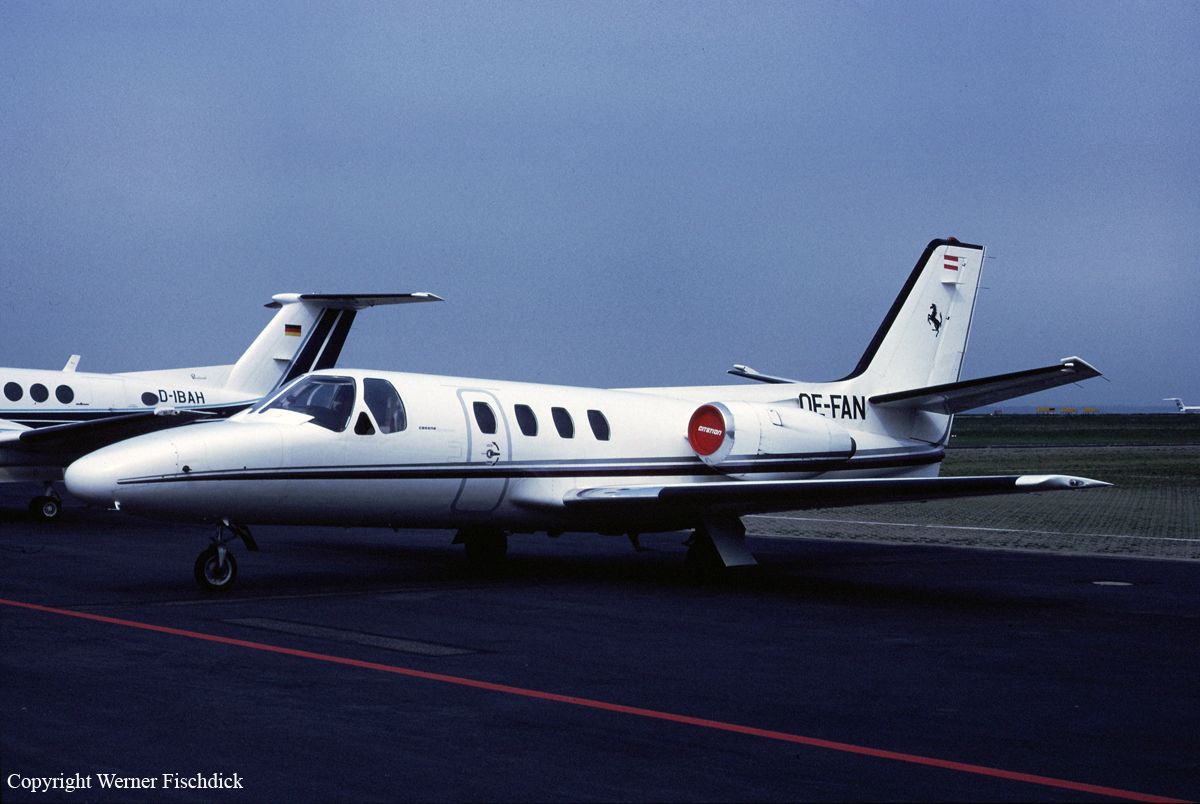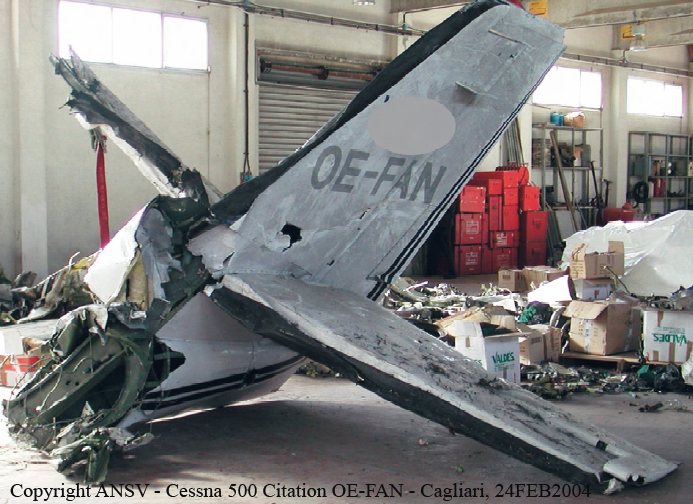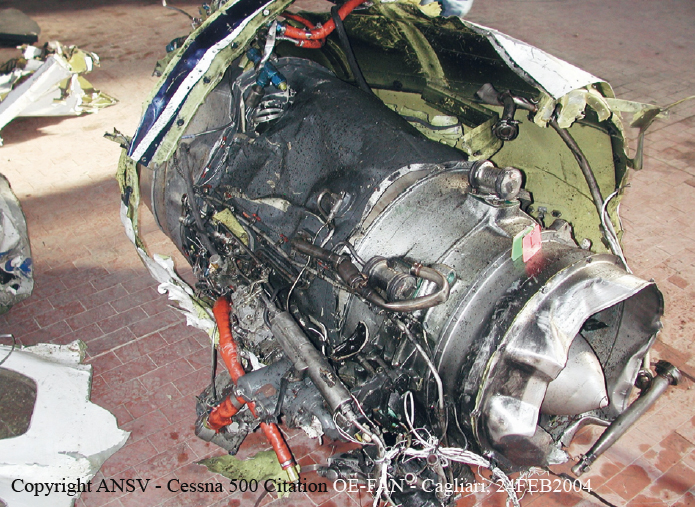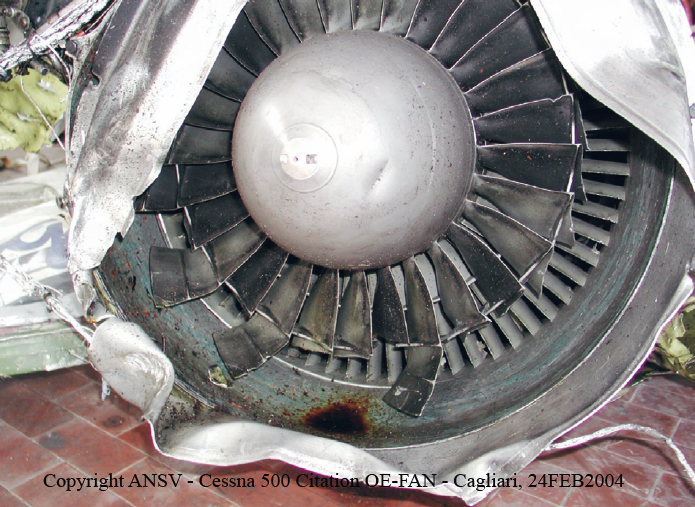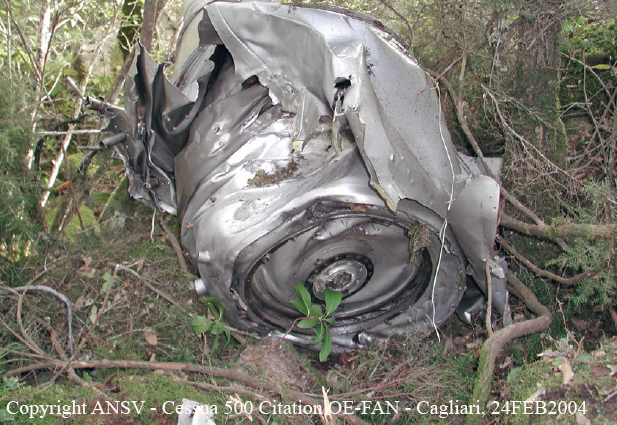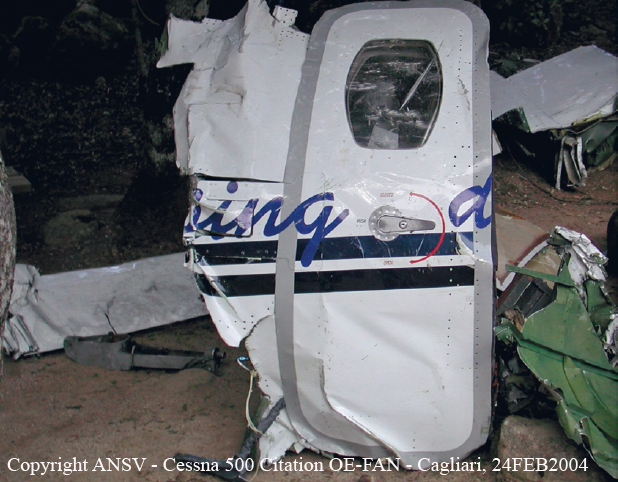Crash of a PZL-Mielec AN-2R in Pavlovsk: 3 killed
Date & Time:
Mar 24, 2004 at 2125 LT
Registration:
RA-33596
Survivors:
No
Schedule:
Pavlovsk - Pavlovsk
MSN:
1G230-38
YOM:
1988
Crew on board:
2
Crew fatalities:
Pax on board:
1
Pax fatalities:
Other fatalities:
Total fatalities:
3
Circumstances:
The single engine aircraft was dispatched in Pavlovsk with one technician and two pilots for a local crop spraying mission. While on a night approach to Pavlovsk Airfield, the crew failed to realize his altitude was too low. On final, both lower wings collided with trees (10 metres high). The aircraft rolled to the left to an angle of 45° then crashed 390 metres short of runway, bursting into flames. All three occupants were killed.
Probable cause:
It was determined that the crew departed Pavlovsk without prior permission so the flight was considered as illegal. The approach was completed by night to an airport that was not suitable for night operations as it was not equipped with approach and/or runway lights.



